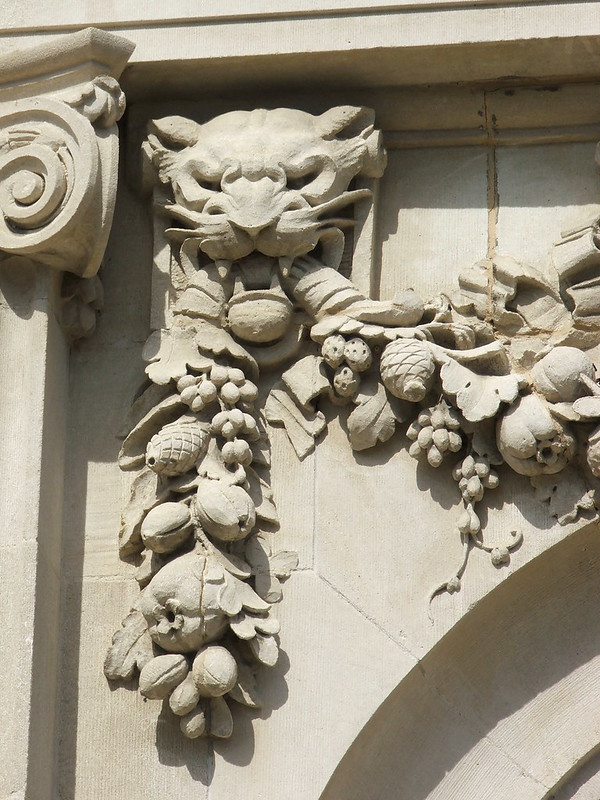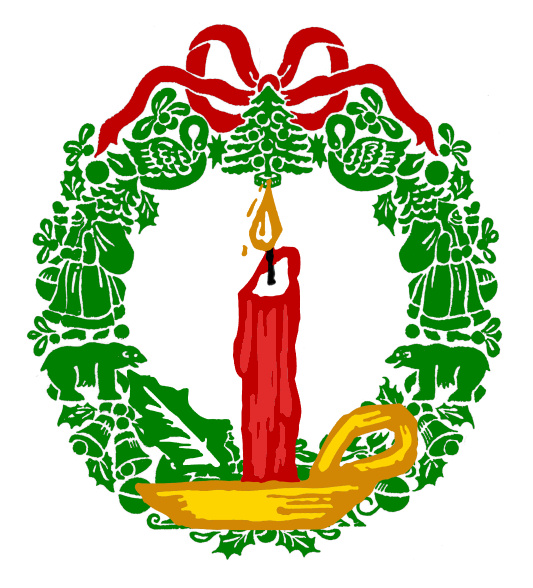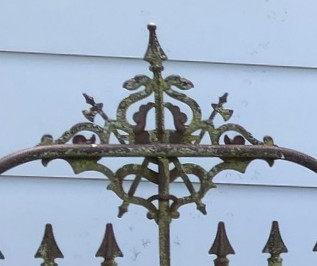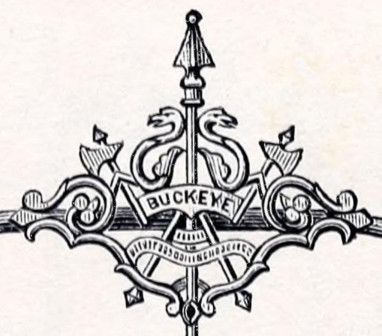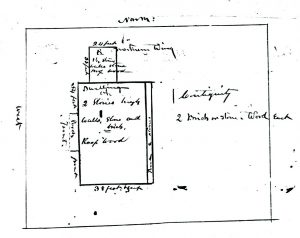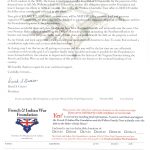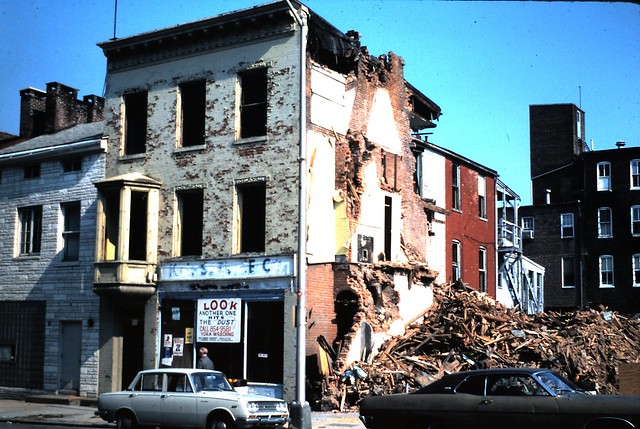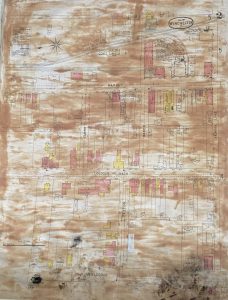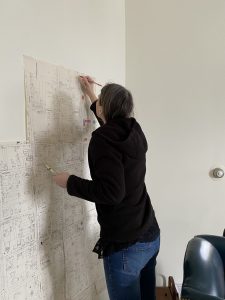Our Friday post this week ended up with a surprise feline in each section. See if you can spot them all! 🐈

This week, we took inventory of our Bough & Dough Shop supplies for the upcoming year. We request your assistance in donating gently-used paper bags of all sizes. We will be putting a receptacle on our back porch at the Hexagon House where you can drop off bags if no one is available at the office. Thank you for helping us keep our expenses low by using recycled and donated materials!
PHW is pleased to continue to offer a copy of the reprinted Winchester: Limestone, Sycamores & Architecture book with new memberships or renewals this year. We plan to send the next wave of snail-mail membership reminders out in early August, but you can renew online anytime through our website with a credit card, or download a membership form to mail in a check. Thank you for your support!
Some of you may be familiar with the unofficial PHW cat brigade and the health tribulations of the elder statesman, Severus. After a rough year through 2019 and 2020 with weight loss, high blood sugar, and other complications, he received a clean bill of health from his bloodwork this week. We hope we’ll be able to enjoy his grumpy and hissy (and occasionally greasy, like his namesake) antics for many more years.
We will be virtually attending the second “Dismantle Preservation” online conference next week between our normal office routines. Last year’s recordings are available online, and if you’re intrigued by any topics in this year’s event, you can join the conference through their website. In lieu of registration, the organizer recommends a $10/day donation or to support highlighted organizations through social media or email newsletters. (We admit we were suckered in by the “Cats and Brutalism” talk scheduled for July 28, 4:00-4:30 PM, but there are also more traditional topics.)
Similarly, the PastForward conference is now open for registration. The National Trust for Historic Preservation’s conference will be online again this year November 2-5. The conference subthemes include Promoting Equity and Justice Through Historic Preservation, Sharpening Essential Practices of Preservation, and Adapting to a Changing Climate.
Although Flickr does not provide stats for our entire viewing history, it looks like we may have broken our previous record for number of image views in a 24-hour period. We had over 29,000 views, primarily of the Millbank property album, on July 13. Our overall most-viewed image on Flickr is still the 1974 image of the Zayre store at 130 Delco Plaza, one of the long-forgotten collections unearthed from the basement of the Hexagon House (hence the unfortunate staining on the image.)
Since we began the caption project this January, we’ve seen more traffic on Flickr and more people finding our images with relevant, surprising and sometimes amusing text searches (our favorite this week is tiger nuts, the term used to find our feline festoon-holder on the Handley Library). We hope the images are proving informative and useful, and the increased captions are adding more depth and context. If there is an album, building, or photo in particular you would like us to focus our captioning efforts on, drop us a note on social media or at phwinc.org@gmail.com – we’re happy to take requests!

